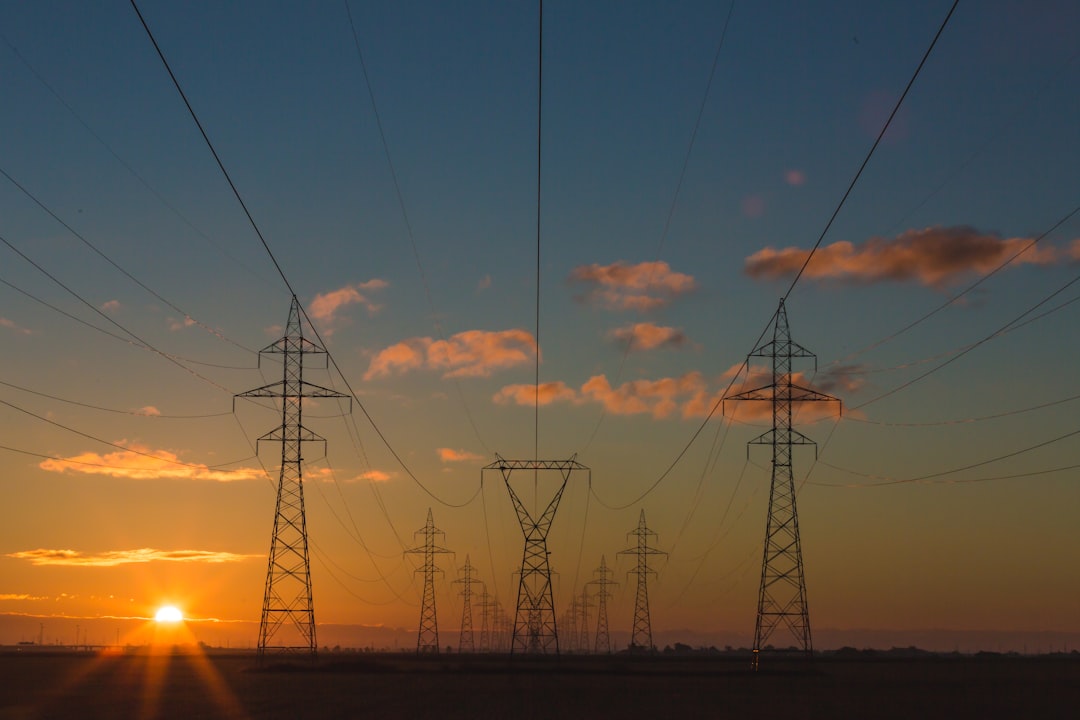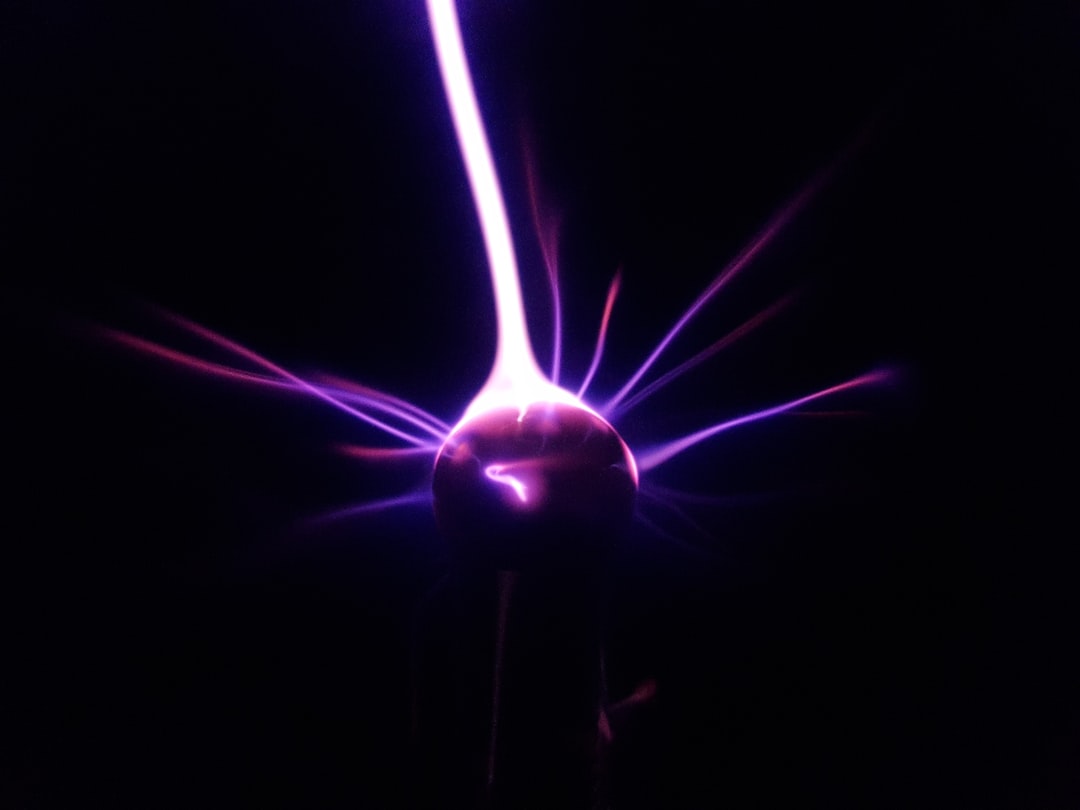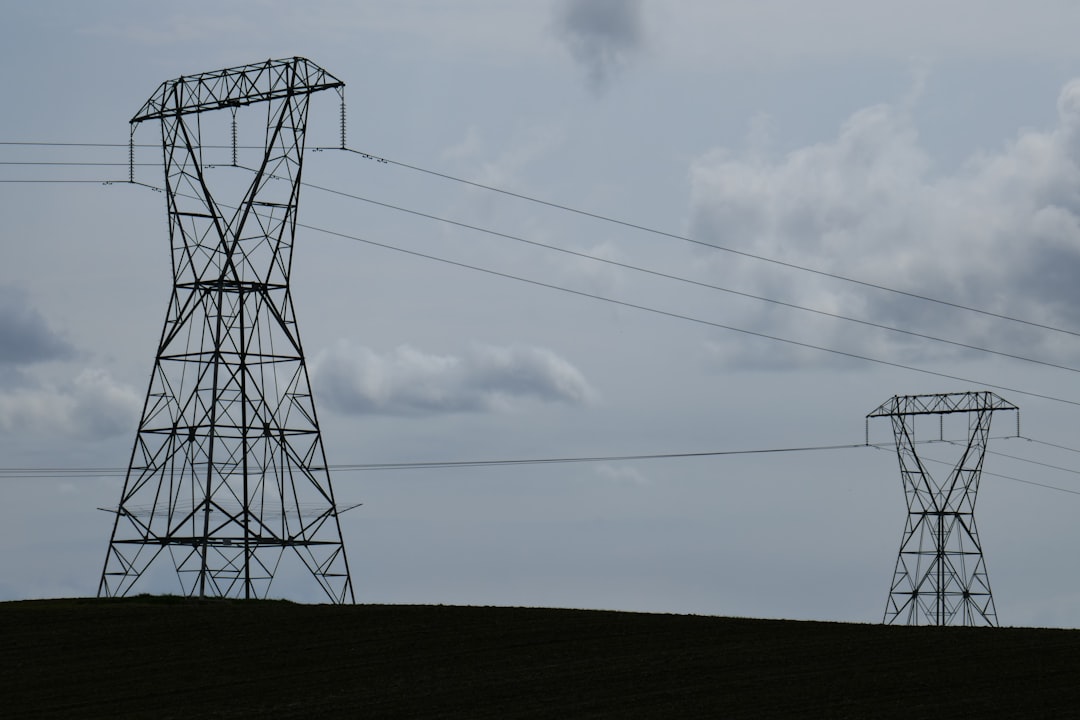What is it about?
Grid-connected power converters are widely used in applications like renewable energies, charging stations for electric vehicles and industrial electric drives. This paper proposes a novel hybrid converter topology for increasing the effciency and power density of the used power converters.
Featured Image

Photo by American Public Power Association on Unsplash
Why is it important?
In order to meet harmonic limits, e.g. given by the grid code, conventional converter systems require passive LCL-filters composed of bulky inductors and capacitors, often entailing costs that surpass the costs of the power converter. Further disadvantages of passive LCL filters are substantial additional losses, a reduced dynamic performance, large volume and size as well as frequency dependency and oscillation susceptibility, requiring significant and lossy attenuation. In order to overcome the aforementioned disadvantages, this work focuses on the integration of new active filter topologies into grid-connected power converters and thereby eliminating the need for a passive LCL-filter.
Perspectives
A comparison to LCL-filter based grid-connected converter systems reveals a high potential for reduction of the passive filter components, the efficiency and the converter utilization of power converters in high-volume applications.
Daniel Bernet
Karlsruhe Institute of Technology (KIT)
Read the Original
This page is a summary of: Grid-connected medium voltage converters with parallel voltage-source active filters, IET Electric Power Applications, May 2019, the Institution of Engineering and Technology (the IET),
DOI: 10.1049/iet-epa.2019.0021.
You can read the full text:
Resources
Contributors
The following have contributed to this page










